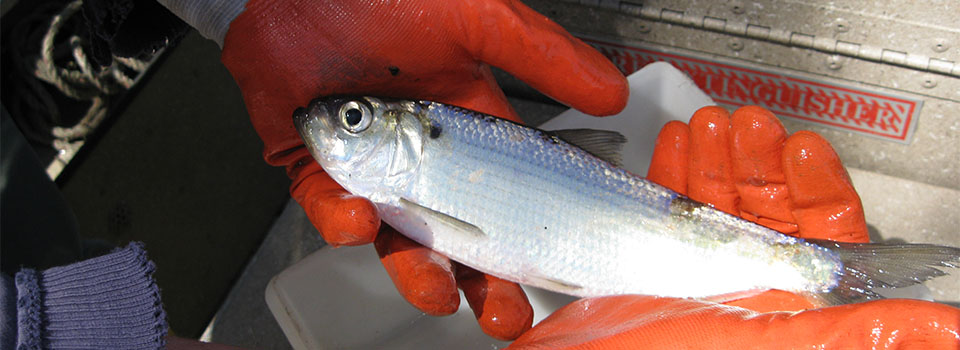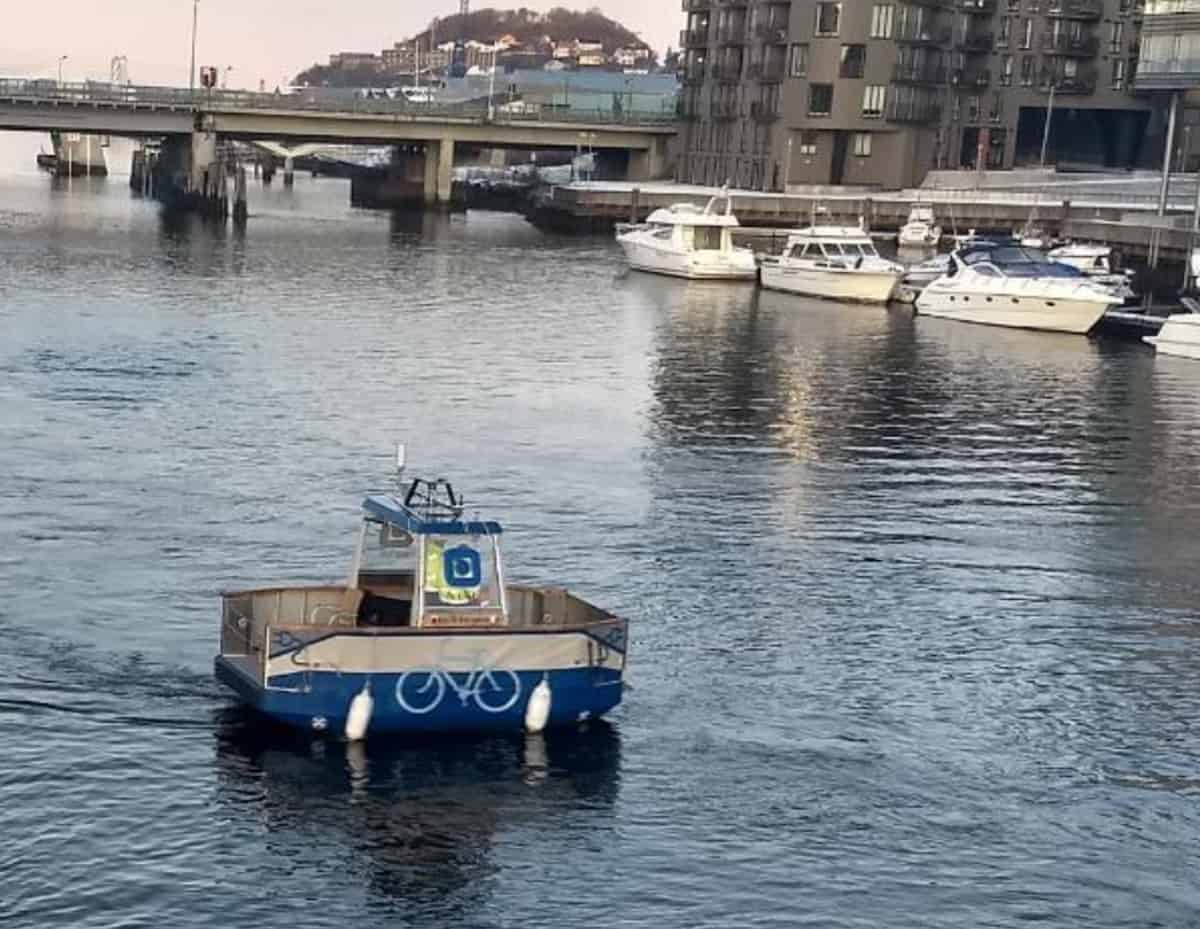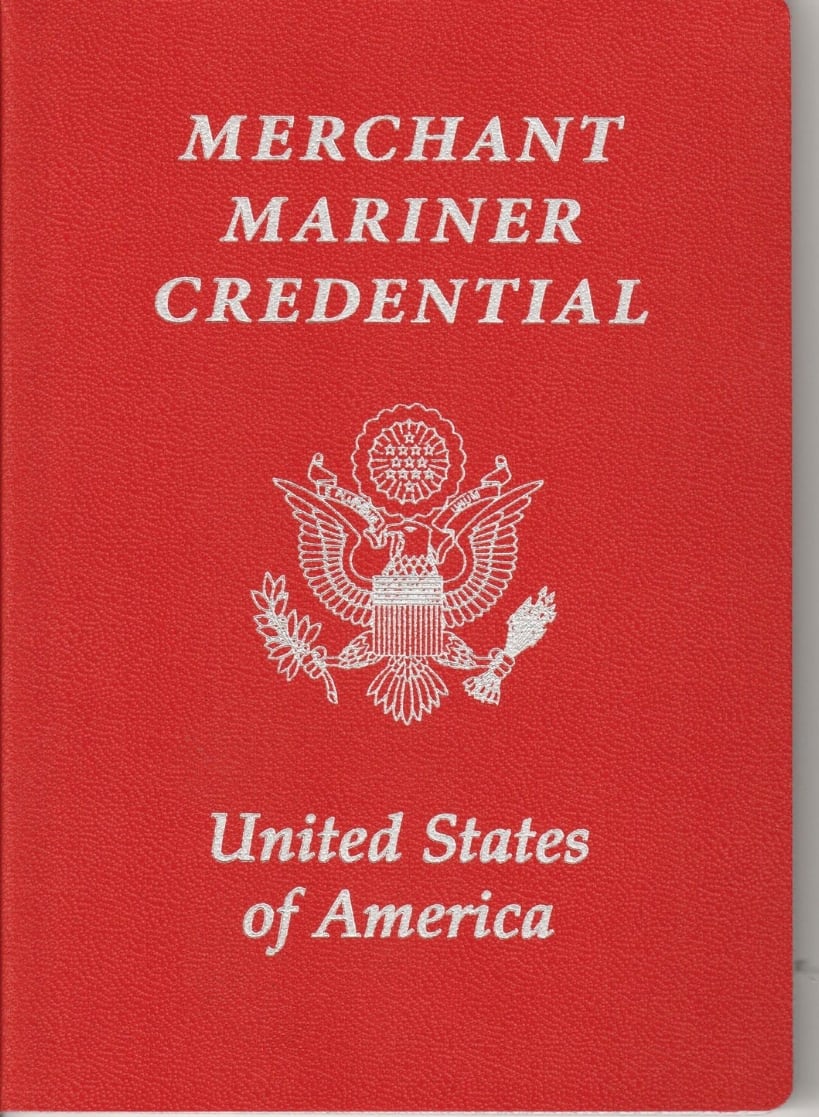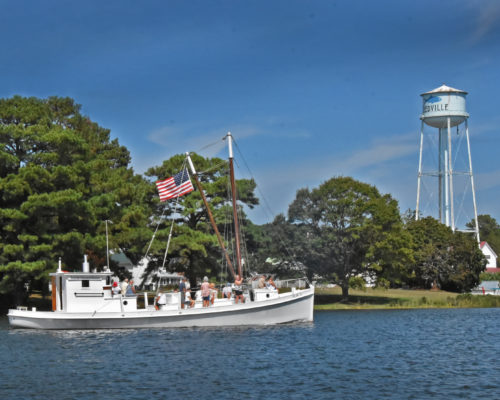River herring runs will begin in a few weeks, from Southside Virginia to the Susquehanna. Fresh from the open Atlantic, first will come alewives and later bluebacks. Bent on spawning, they’ll swim up the Chesapeake’s rivers and creeks, as far as they can go into tiny freshwater tributaries. And when they do, restoration experts will track their every move with tiny clues called environmental DNA—to make sure herring continue to spawn.
Historically herring ran all the way to today’s Covington, on the James River’s big headwater, the Jackson, and, amazingly, to the Susquehanna’s source, Otsego Lake at Cooperstown, New York. And everywhere else in the Bay’s watershed.
But their stupendous populations, once in the hundreds of millions, have now sunk so dangerously low that possession has been illegal since 2012. At fault are some usual suspects of human activity: dam construction, habitat loss, habitat degradation, and overfishing. Restoring the runs is a longstanding element of the interstate Chesapeake Bay Agreement. The current (2015) agreement’s goal is creating 1,000 more miles of stream access by 2025 by removing or modifying dams and improving fish passages for migrating fish. Even so, it’s a long-term grind, restoring those tendrils one at a time. There has been real progress there over the past twenty years, from removal of the Embry Dam on the Rappahannock above Fredericksburg to a concerted effort on Maryland’s Patapsco, and the fish have responded.
The blockage problem, however, lies not just in the big dams, but in thousands of road crossings on Chesapeake streams. Some simply don’t allow fish passage. Others may once have been suitable, but debris now clogs them. There’s restoration money available from multiple sources, but it’s limited. Environmentalists must prioritize ecosystem repairs, concentrating on streams where herring are still trying to spawn?
Enter a high-tech, 21st century Herring Detective Samantha Alexander. As a graduate student at George Mason University, she employed The Nature Conservancy’s mapping tool for Chesapeake Bay Fish Passage Prioritization to evaluate tiny Potomac tributary streams in Northern Virginia for the presence of river herring. Using the mapping tool, Alexander identified 11 Potomac tributaries that could suit river herring, and 22 fish passages along those streams that herring would need to cross during migration. Similar crime scene forensics, Alexander collected environmental DNA—trace amounts of genetic material left behind after a fish swims through—to determine whether river herring were using the passages.
Alexander collected water on both sides of each fish passage to analyze for river herring DNA. If both samples contained herring DNA, then the herring were using the passage. If the sample above the fish passage lacked herring DNA, then the fish were unable to continue upstream. Understanding where the river herring are migrating—and which types of fish passages are easiest for them to cross — will help more Herring Detectives at Virginia’s Department of Wildlife Resources and Maryland’s Department of Natural Resources prioritize fish passage restoration this year.
-John Page Williams




